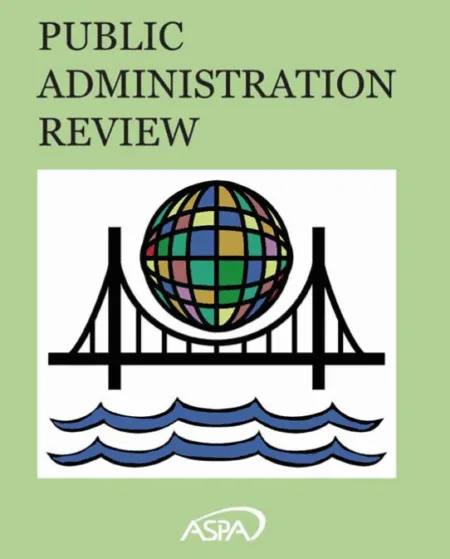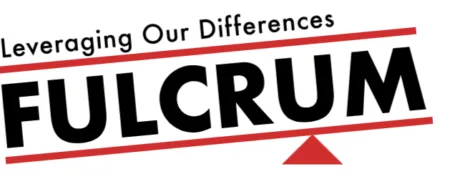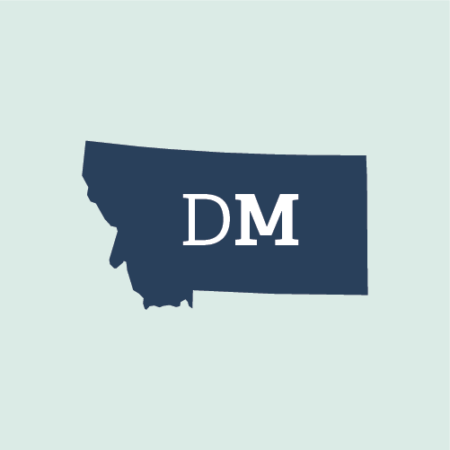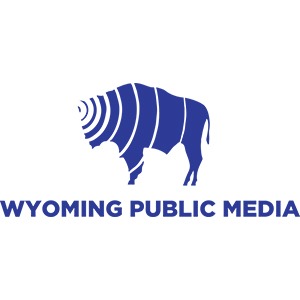
Kauaʻi sets new standard with wildfire mitigation ordinance
“The bill signed today helps make Kauaʻi a leader in the nation when it comes to protecting communities from wildfire,” said representatives with Headwaters Economics.

“The bill signed today helps make Kauaʻi a leader in the nation when it comes to protecting communities from wildfire,” said representatives with Headwaters Economics.

The cost to incorporate these elements in a new home is the same or less than conventional materials, according to the research group Headwaters Economics. If you’re updating your home, the price may range between $2,000 and $15,000. But some crucial upgrades — such as installing a vent screen — can cost less than $20.

“The ability to secure homeowners insurance, keep home insurance and pay the increasing cost of insurance is going to affect who and where people can live in places of high hazard,” says Kimiko Barrett, a wildfire researcher and policy analyst at Headwaters Economics in Bozeman, Montana.

Megan Lawson, an economist specializing in outdoor recreation and public lands at Headwaters Economics, agrees. “When prices get more expensive, people might be tightening their budgets and traveling a little less,” Lawson said.

The Rural Capacity Index provides scholars, practitioners, and policymakers a practical tool to identify and respond to disparities in local government capacity that constrain rural disaster resilience efforts.

According to a report from Headwaters Economics, 49,120 acres of undeveloped land in Flathead County was converted to housing between 2000 and 2021, and the project’s environmental assessment reports that landowners like Green Diamond have received upwards of 16 unsolicited offers per month to sell parcels

Kelly Pohl, who researches climate resilience, housing and land use at Headwaters Economics said that in high-demand places like mountain towns and coastal areas disasters tend to accelerate gentrification.

Headwaters Economics, together with the nonprofit Insurance for Good, found that rebuilding in Los Angeles to wildfire-resistant standards could avoid $43 billion in economic losses the next time those neighborhoods are threatened by a major wildfire.

Researchers at Headwaters Economics and the Federation of American Scientists (FAS) analyzed data from the Centers for Disease Control and Prevention to determine that rural communities are among the most vulnerable to extreme heat.

Researchers at Headwaters Economics found that over 53 million Americans live in flood-prone areas; around 700,000 people in Missouri live in these zones. Vulnerable groups such as people of color, mobile home residents, and those with disabilities face the highest risks.

According to Headwaters Economics, every dollar invested in a national park generates an average of $10 in economic benefits to surrounding communities.

According to Headwaters Economics, a nonprofit research group, wildfires are the fastest growing cause of hazard-related damages in the U.S. Losses from wildfires have also doubled as a proportion of total disaster claims in the last 30 years.

Megan Lawson, an economist at Headwaters Economics, a nonprofit organization that researches community development and land management strategy, said the amount of federal land is indicative of the type of economy in these communities.

Doug Green, an urban wildfire policy analyst, said homeowners associations can be powerful vehicles to promote wildfire resiliency. Green, who works for the Montana-based nonprofit research organization Headwaters Economics, said it’s an innovative idea that’s gotten traction on the West Coast, especially in new, higher-end communities where residents tend to have a lot of disposable income.

“It takes state and federal agencies working on the ground with the community to make sure they both understand the risk, and — very importantly — that they have the tools and resources they need to do something about it,” said Kristin Smith, a lead researcher for Headwaters Economics.

Headwaters Economics, a nonprofit group in Montana, published an analysis finding that existing public land could support less than 700,000 new homes; Nicholas Irwin, the research director for the University of Nevada, Las Vegas’ Lied Center for Real Estate, said he found Headwaters’ numbers more convincing.

Some studies have shown that using fire-resistant materials to build homes in fact does not add cost, and can even be less expensive. The research is led by Headwaters Economics, a nonprofit research group specializing in community development and land use topics.

But a new analysis from Headwaters Economics and the Federation of American Scientists shows extreme heat impacts rural areas just as much as it does urban areas.

A 2022 report by IBHS and Headwaters Economics, a Montana-based research institute, found that wildfire-resistant construction adds from 2% to 13% to the cost of a new home in California, with the upper cost here going well above current required codes.

A recent study from Hispanic Access Foundation and Headwaters Economics shows Latinos in the U.S. face a disproportionately high flood risk. Some 44% live in high-risk counties, compared to 35% of non-Latinos.